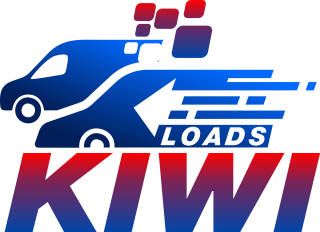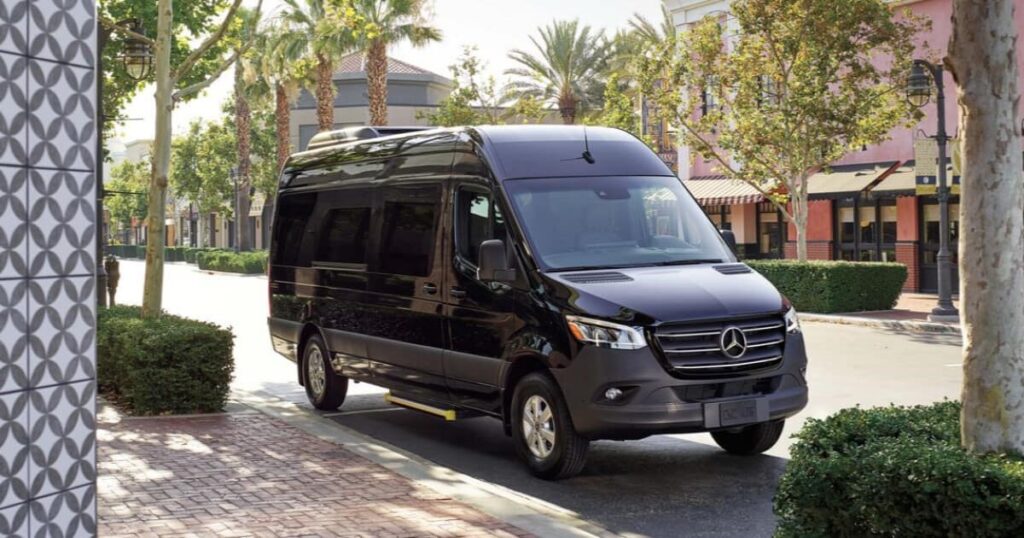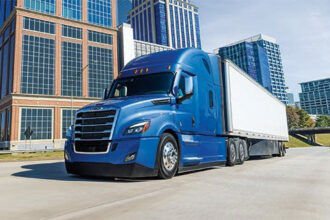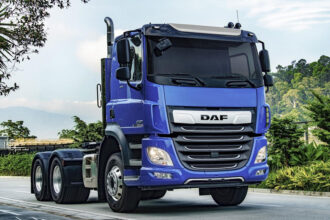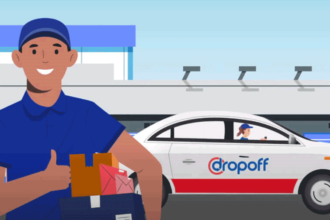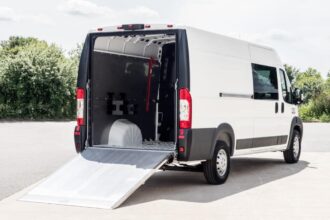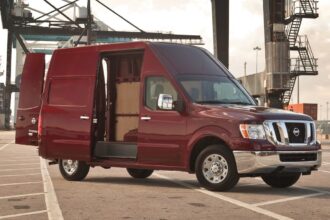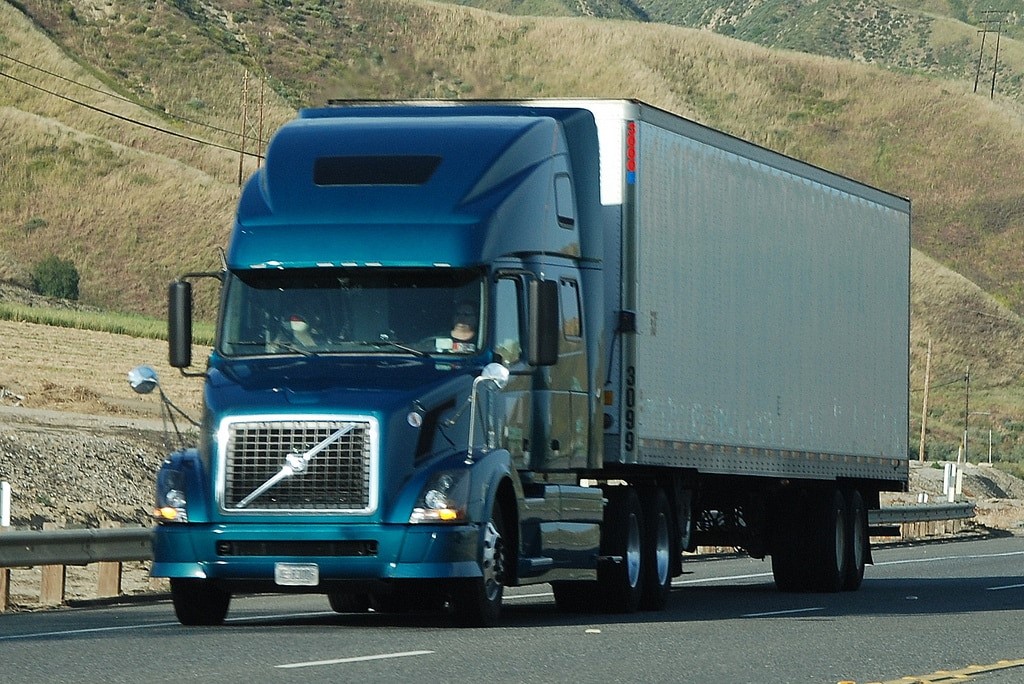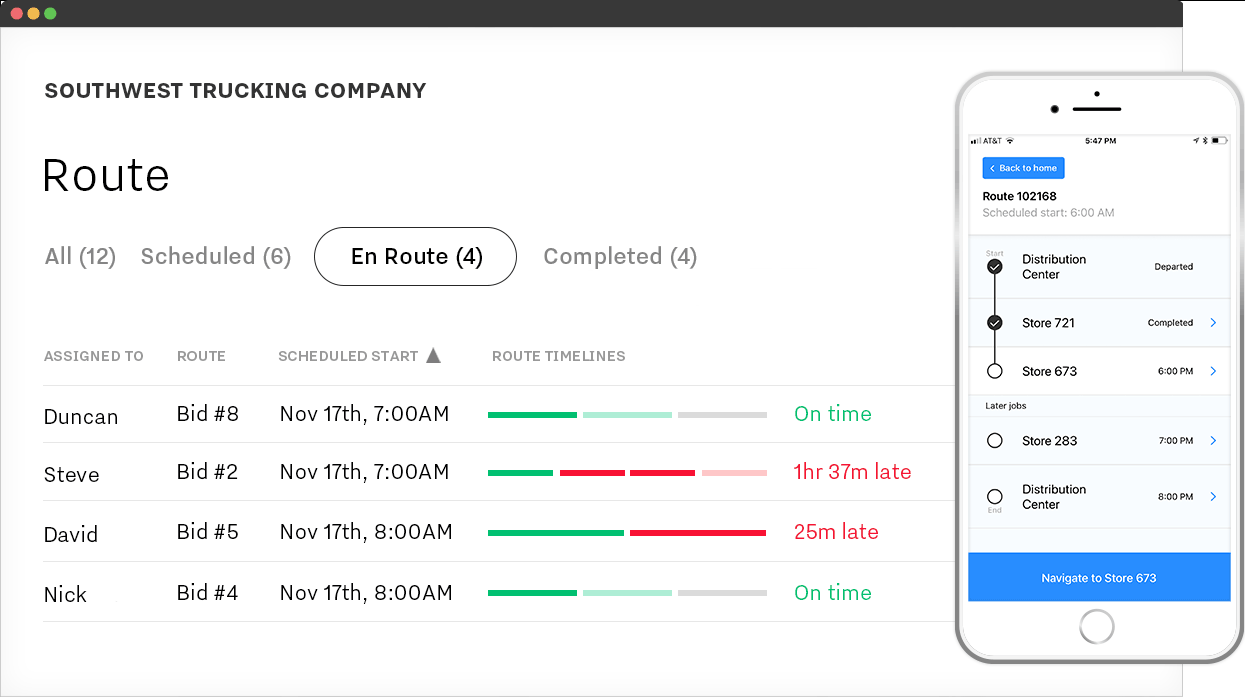Table of Contents
Introduction
Congratulations on acquiring your new Mercedes-Benz Sprinter cargo van! These versatile vehicles are ideal for both passenger transport and heavy-duty cargo hauling. However, before you embark on any commercial endeavors, you must obtain special authorization from the Department of Transportation.
If you’re contemplating launching a sprinter van business in the United States, securing your sprinter van authority is a pivotal step. This authorization, also referred to as motor carrier authority or operating authority, grants you the legal status to operate as a for-hire motor carrier and transport goods in exchange for compensation—across state lines or when driving vehicles exceeding specific weights or carrying certain commodities.
Before delving into the application process, it is imperative to carefully assess your geographical location within the United States. While the Federal Motor Carrier Safety Administration (FMCSA) regulates the process of acquiring motor carrier authority, it is essential to acknowledge that regional nuances exist.
1. Determine your Business Structure
To gain motor carrier authority, determine your business structure. Before you embark on the journey to obtain your sprinter van authority, it’s imperative to lay the foundation by establishing your business structure.
You have various options here, each with its own set of pros and cons, such as sole proprietorship, partnership, LLC (Limited Liability Company), or corporation. However, to make an informed decision tailored to your unique circumstances, it’s crucial to seek professional counsel from a legal advisor.
>>>MORE: Sprinter Van Business Plan
2. Find a BOC-3 Process Agent
To proceed effectively, it’s essential to grasp the pivotal role that a BOC-3 process agent plays in this process.
A BOC-3 process agent is a crucial legal representative responsible for accepting legal documents in motor carrier, broker, or freight forwarder legal proceedings. It’s a legal requirement to designate a process agent in each state where you operate, including states you pass through.
Many commercial firms offer process agent services to simplify the administrative workload. Exceptions include operating exclusively in Alaska or Hawaii, or for Mexican carriers operating within the Commercial Zone.
3. Obtain a USDOT Number
To attain authority, get a USDOT number. In the journey towards obtaining your sprinter van authority, securing a USDOT (United States Department of Transportation) number is an essential prerequisite.
Obtain this number conveniently and at no cost through the FMCSA’s Unified Registration System (URS) online.
A USDOT number serves as a unique identifier for collecting and monitoring safety-related data, for vehicles transporting hazardous materials, weighing over 10,001 pounds, carrying more than 8 passengers for compensation, or conveying more than 15 passengers without compensation. Existing authority holders apply through the L&I Public Site.
In addition to federal regulations, certain states mandate that intrastate commercial motor vehicle registrants also secure a USDOT number. These states include Alabama, Alaska, Arizona, California, Colorado, Connecticut, Delaware, Florida, Georgia, Hawaii, Idaho, Indiana, Iowa, Kansas, Kentucky, Maine, Maryland, Massachusetts, Michigan, Minnesota, Missouri, Montana, New Jersey, New York, Nebraska, Nevada, North Carolina, Ohio, Oklahoma, Oregon, Pennsylvania, Puerto Rico, South Carolina, Texas, Utah, Washington, West Virginia, Wisconsin, and Wyoming.
4. Get Your Motor Carrier Authority (MC Number)
To obtain sprinter van authority, securing a Motor Carrier Authority (MC Number) is a crucial step. Get this if your company engages in transporting passengers for compensation or hauling federally regulated commodities interstate.
Motor carrier authority, alias MC, FF, or MX numbers, varies depending on the type of operations and cargo. Some carriers may be exempt from specific authority requirements, such as private carriers or those operating within commercial zones.
Filing fees range from $14 to $300 for different authority types. Application options include the Unified Registration System (URS) for new applicants, online applications with credit card payment, or mailing forms with credit card or check payment.
Processing times differ, with URS applications taking about 20-25 business days and US Mail carrier applications requiring 45-60 business days.
Remember that the MC number is specific to your motor carrier authority, and you can access the Form OP-1 application through the FMCSA’s online portal. Check the FMCSA’s official website for the latest updates on fees and processes.
5. Get Insurance
To procure motor carrier authority, get insurance. The FMCSA mandates specific minimum insurance requirements, and these requirements may vary depending on the type of cargo you intend to transport.
To ensure compliance, it is advisable to engage an insurance agent in the intricacies of the trucking industry.
6. Determine State Notification/Registration Requirements
To ascertain motor carrier authority, identify state registration requirements. In addition to federal regulations, it’s crucial to be aware of and adhere to state-specific notification and registration requirements.
Each state may have unique regulations and procedures that motor carriers need to follow. To ascertain these state-level requirements, you can visit the official website.
7. Begin New Entrant Safety Assurance Program
To initiate motor carrier authority, start a new entrant safety assurance program. The New Entrant program is for motor carriers outside Mexico seeking a U.S. Department of Transportation (DOT) identification number for interstate commerce.
To start, you must complete Form MCS-150. This program includes an 18-month monitoring period focusing on safety through Safety Audits and Compliance Reviews.
Failing a Safety Audit due to violations in critical areas can lead to issues. Passing the audit leads to continuous safety monitoring, while failure requires immediate corrective action, or else U.S. DOT registration may be revoked. Some New Entrants may also face compliance requirements related to Household Goods (HHG) Regulations and the Americans with Disabilities Act (ADA).
>>>PRO TIPS: How to Start a Sprinter Van Business
8. Follow due Safety and Compliance
To adhere to motor carrier authority, follow safety and compliance. Safety stands as a paramount concern for the FMCSA throughout the process of obtaining Sprinter van authority.
First, your vehicles must undergo rigorous safety inspections to ensure they conform to regulatory standards.
In addition to vehicle inspections, the development and implementation of a comprehensive safety management plan are imperative. Compliance with hours-of-service regulations is another critical facet.
Maintaining up-to-date medical examiner’s certificates for your drivers is equally vital. If a certificate has expired, securing a new one is a mandatory requirement.
For operations that necessitate variances, close attention to expiration dates is crucial. Timely renewal with the FMCSA is necessary to prevent disruptions in your business operations.
9. Maintain & Update USDOT Number and O.A.I
To maintain motor carrier authority, keep USDOT and O.A.I. updated. The FMCSA mandates regular updates of information for motor carriers and entities.
Routine updates are necessary for changes like Legal Business Name or address to maintain current records. Biennial updates are compulsory every two years, even without changes, to avoid penalties and USDOT number deactivation.
Online updating is recommended, requiring specific information, while mailing is an option but may cause delays. Compliance with update deadlines based on the last digit of the USDOT number is vital to avoid penalties and operational disruptions.
Recap
Operating a sprinter van business in the United States requires obtaining sprinter van authority, involving steps like business structure establishment, obtaining a USDOT number, and compliance with insurance and state regulations.
In case of dismissal due to a lack of financial responsibility evidence and a process agent designation within 90 days of application filing, there are two options to proceed. Submit an appeal with supporting documentation if you believe the dismissal was made in error, or file a new application for operating authority, either online or by sending the relevant forms with a $300 fee per authority type requested.
Subsequent applications following a rejection or dismissal cannot use the Unified Registration System.
